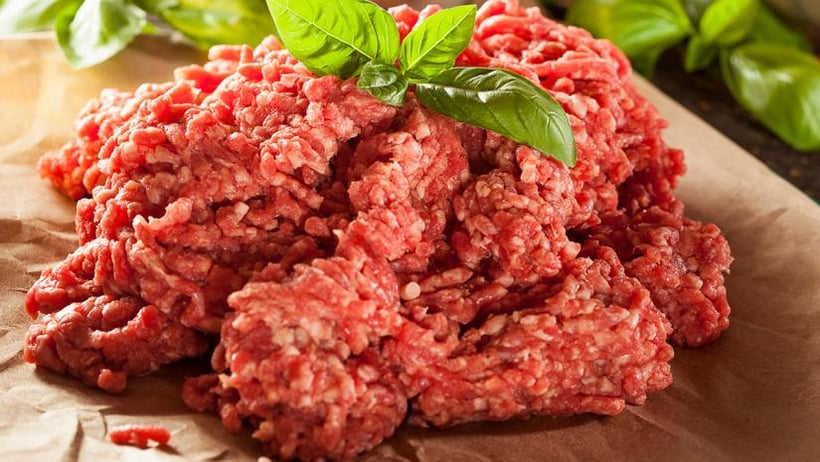
In recent weeks, an incident involving 11 New Brunswick restaurants has highlighted the need for food businesses not only to ensure meat is cooked to an appropriate temperature, but also to implement and follow a Food Safety Plan.
The Department of Health handed out notices to restaurants in New Brunswick that had violated provincial food regulations. Beef tartare — a dish made using raw ground beef — is considered a delicacy in many parts of the world; however, as it is uncooked, the New Brunswick Food Premises Regulation does not allow it to be served. This rule also applies to ground beef cooked medium-rare. Restaurants were asked to stop serving these dishes immediately.
The notice stated that serving medium-rare or rare beef, steak tartare (raw beef) and essentially any meat not cooked to proper temperatures is in direct violation of the New Brunswick Food Regulation, NB Reg 2009-138, 27 1(f) Schedule A.
What are the rules around temperature?
Every Canadian province has clear directives about minimum temperatures for cooking meat. In New Brunswick, “potentially hazardous” as it related to food means “a form or state that is capable of supporting the growth of pathogenic microorganisms or the production of toxins.” It is clear that any meat served raw, even when carefully prepared on-site, has the potential to harm human health.
Food poisoning is frequently caused by improper time and temperature control of potentially hazardous foods such as raw or rare meat. While temperature guidelines vary depending on the type and cut of meat, in New Brunswick, ground beef must be cooked to at least 71°C. Check your provincial regulation to determine the correct cooking temperature in your region.
Ground beef needs to be cooked to a higher internal temperature than, for example, whole steak. The reason is that the steak generally will only have harmful bacteria on the outside, which will be mostly destroyed when cooking or grilling on each side. Ground beef has bacteria throughout, as the outside meat is mixed with the inside meat of the product during the grinding process.
What is HACCP?
The letter sent to New Brunswick restaurants mentioned the necessity of a HACCP plan, which is legally required whether or not food businesses intend to serve dishes such as beef tartare.
HACCP — Hazard Analysis Critical Control Points — is a globally accepted food safety system that contains seven principles:
- Conduct a hazard analysis
- Identify critical control points
- Establish critical limits
- Monitor critical control points
- Establish corrective actions
- Establish record-keeping
- Establish verification procedures
A hazard analysis means businesses must determine what possible hazards exist from the time food is on their premises to the point when it is served to customers. In the case of these New Brunswick restaurants, one of the potential hazards would be serving raw or rare beef.
Next, food businesses must identify critical control points, or CCPs, which are points in the food preparation process where hazards can be reduced. In this instance, the hazard could be reduced by cooking food to a specific temperature.
Next, establishing critical points has to do with setting parameters that can be measured (e.g. a minimum allowable temperature for cooking beef) and monitoring those points regularly.
If there has been a food safety violation, businesses must establish corrective actions, which in this case could be training staff on best practices on food temperatures, as well as ceasing service of such foods. Record keeping involves processes such as keeping a temperature log. Verification procedures may be handled externally, as the New Brunswick Department of Health did with this audit.
When in doubt, ask
The bottom line is, in most cases, a HACCP Food Safety Plan is a legal requirement, and the rules are clear in all provincial guidelines. Food business owners must tell the proper government officials and get permission should they wish to serve an exotic dish that does not fall under the usual parameters — and these government officials can provide advice on how to deal with these foods. If businesses are unsure whether a certain food is allowed, they need to verify to be absolutely certain, rather than risk causing a food-borne illness outbreak.
The Canadian Institute of Food Safety (CIFS) offers a HACCP Food Safety Plan Kit that provides businesses with all the tools needed to understand, create and follow a Food Safety Plan based on the principles of HACCP. If you have any questions in regards to building a Food Safety Plan, please contact our team for more information.





